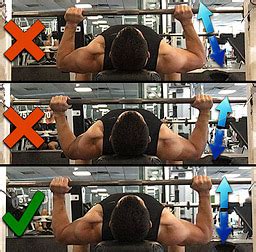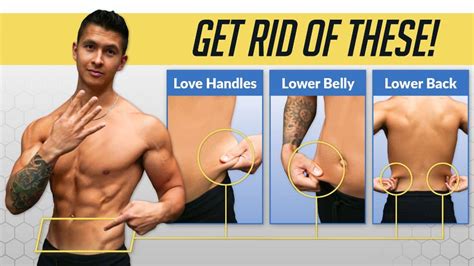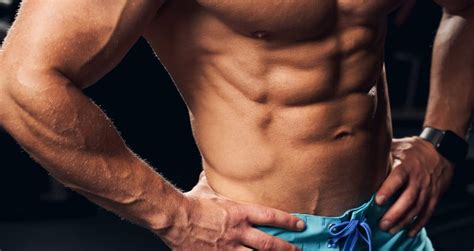When observing the male physique, certain features frequently stand out as iconic representations of strength, capability, and often, an active lifestyle. Among these, the hands and forearms hold particular significance, often displaying distinctive physical traits that are widely recognized and associated with masculinity.
The Hallmark of Strength: Musculature and Definition
One of the most commonly associated physical traits with men’s hands and forearms is well-developed musculature. This includes the prominent muscles of the forearm such as the brachioradialis, flexors, and extensors, which can create a visibly strong and defined appearance. Regular physical activity, particularly activities involving gripping, lifting, and pulling, contributes significantly to the hypertrophy of these muscles, leading to a robust and powerful look. The definition of these muscles often becomes more pronounced with lower body fat percentages, allowing the underlying structure to be clearly visible.
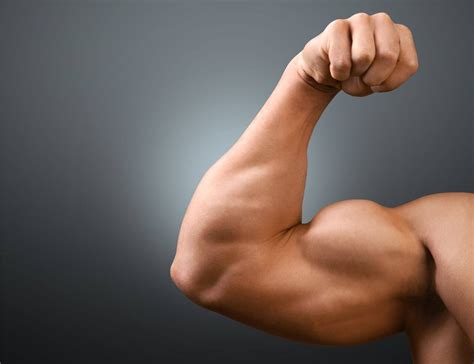
Prominent Veins and Vascularity
Another highly prevalent trait is the visibility of prominent veins, often referred to as vascularity. These superficial veins become more noticeable due to several factors including genetics, low body fat, increased blood flow during exercise, and the natural thinning of the skin with age. For many, visible veins are a clear indicator of physical fitness and a lean physique, suggesting a history of demanding physical activity. This characteristic is particularly noticeable on the back of the hands and along the forearms, enhancing the perception of strength and power.
Strong Grip and Larger Hands
Beyond muscle definition and vascularity, men’s hands are often characterized by a strong grip and, on average, a larger size compared to women’s. A powerful grip is a fundamental aspect of many physical tasks, from manual labor to sports. The muscles responsible for grip strength, located in the forearm, are frequently exercised in daily activities, leading to their development. Larger hands can also be a noticeable trait, providing a sense of scale and capability that complements the overall appearance of strength in the forearms.

Factors Influencing Development
The development of these traits is influenced by a combination of genetics, hormonal factors (particularly testosterone), and lifestyle. Engaging in resistance training that targets the forearms, such as deadlifts, pull-ups, and grip exercises, directly contributes to muscle growth and strength. Occupations involving manual labor or hobbies like rock climbing or certain sports also naturally foster the development of strong, well-defined hands and forearms. These activities not only build muscle but also improve vascularity by promoting efficient blood flow and reducing body fat.
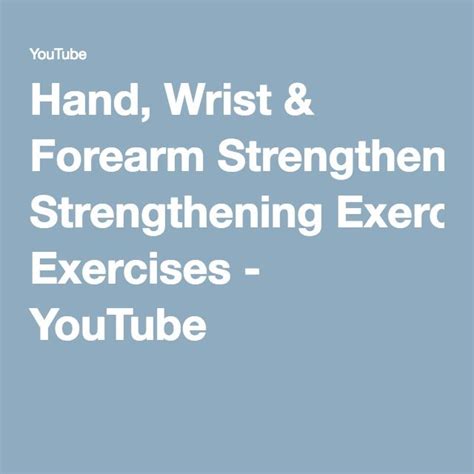
Beyond Aesthetics: Functional Significance
While these physical attributes are often admired for their aesthetic appeal, their significance extends far beyond looks. Strong hands and forearms are crucial for functional strength, enabling individuals to perform a wide range of tasks with efficiency and power. From opening a stubborn jar to lifting heavy objects, the capability offered by well-developed hands and forearms is integral to daily life and many athletic endeavors. They are a testament not just to physical training, but to the body’s adaptability and functional capacity.

In conclusion, the combination of well-defined musculature, prominent vascularity, and a strong grip are the most common and recognizable physical traits associated with men’s hands and forearms. These characteristics are not merely superficial; they reflect a blend of genetic predisposition, hormonal influence, and often, a history of physical activity and functional use, embodying a universal symbol of strength and capability.

